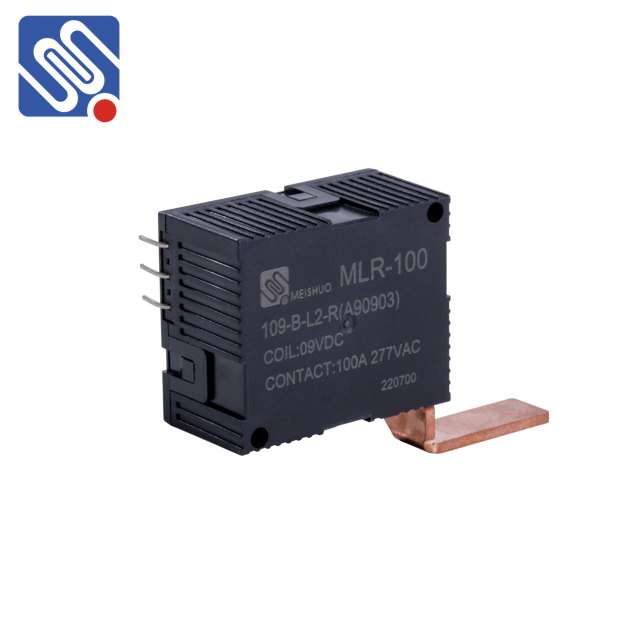Automatic relays are essential components in electrical systems, used widely in both industrial and residential applications to ensure safety, efficiency, and automation. These devices operate as automatic switches that help control electrical circuits without the need for manual intervention. By understanding how automatic relays work and their various applications, one can better appreciate their importance in modern electrical and automation systems.

What is an Automatic Relay? An automatic relay is a type of electrical relay that is activated or deactivated based on specific pre-programmed conditions such as current, voltage, time, or temperature. The key characteristic of an automatic relay is that it operates automatically without the need for human input. When a designated condition is met, the relay opens or closes a set of contacts, thus controlling the flow of electrical power to other devices or circuits. These relays are typically used for circuit protection, automation, and control tasks. The operation of an automatic relay is based on the electromagnetic principle. Inside the relay, an electromagnet is energized when electrical current flows through it. This causes the relay’s armature to move and either close or open contacts, depending on the relay’s design. When the condition changes, such as the current becoming too high or too low, the relay reacts by either cutting off the power to the load or initiating a backup power source.